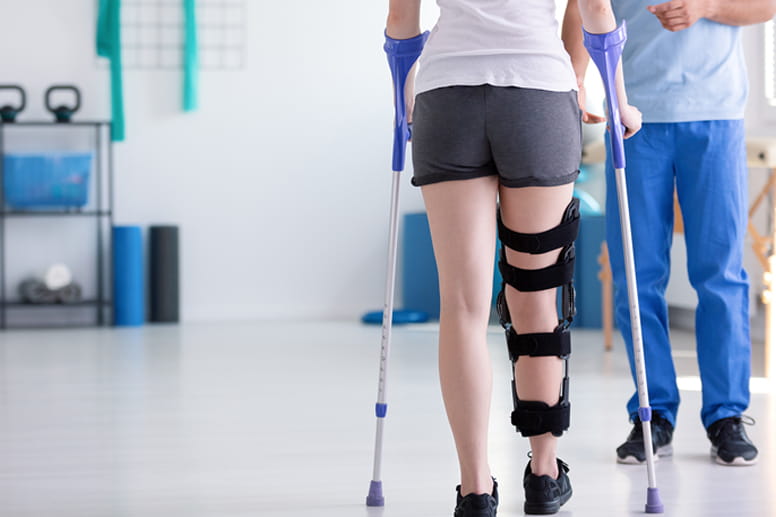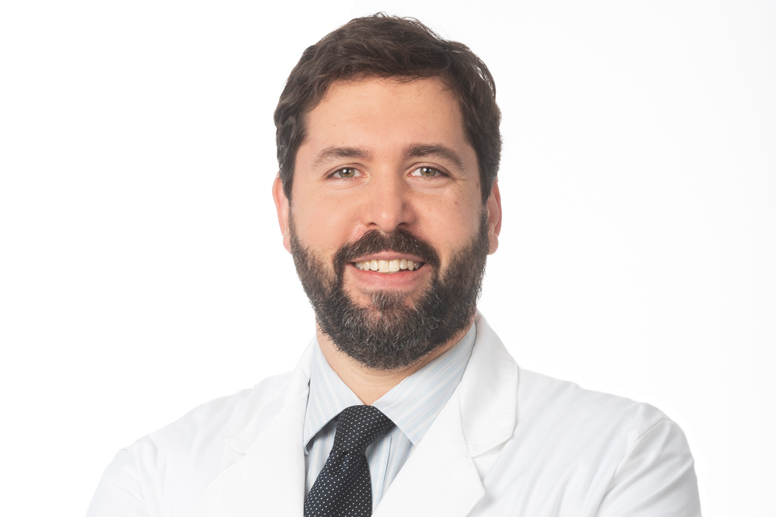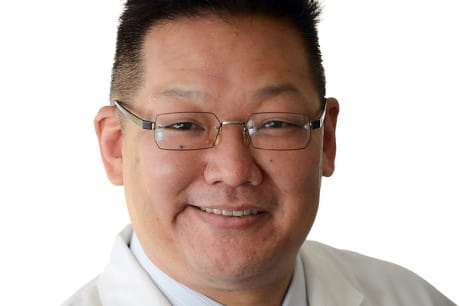
Orthopaedic Surgery Northeast Residency
Place compassionate care at the center of your learning journey.
About us
If you’re interested in building community as much as building a practice, you’ll discover a team of like-minded educators and learners during your Geisinger Orthopaedic Surgery Northeast Residency. Our program develops board-eligible, well-rounded physicians who put a premium on compassion — for their patients, their colleagues and their communities.
We’ve built our orthopaedic surgery residency around Geisinger’s core values of kindness, excellence, learning and innovation. That’s because your ability to care for patients is formed by your knowledge base, surgical skill set and personal devotion to the people you serve. Research and scholarly activity are critical ways to improve the quality of your work, and we encourage you to pursue a lifetime of rich intellectual pursuits — but exceptional care will be your focus if you choose a Geisinger orthopaedics residency.
Here, you’ll join a community that serves community. Our attending physicians bring their diverse training backgrounds to the table, representing a broad array of orthopaedic surgery subspecialties. Our physician community serves a huge population from urban and rural backgrounds and different economic levels across several unique training sites. A residency here will expose you to a mix of residents, patients and opportunities you simply won’t find anywhere else.
When knowledge meets compassion, great things happen. Interested in learning more? Read on and discover how you can make a difference at Geisinger.
Follow us on social media
Welcome from the program director
We founded this program to provide residents with a unique opportunity to learn in a first-class health system while maintaining a close-knit relationship with faculty. Our program, based in Wilkes-Barre and Scranton, Pa., is the next chapter in Geisinger’s long history of training orthopaedic surgery residents. Our residency builds on this tradition by collaborating with the existing orthopaedic surgery residency at Geisinger Medical Center in Danville, Pa., giving us a strong foundation for success.
Here, you’ll have the freedom to focus solely on learning — physician extenders maximize educational opportunities for residents. We use a preceptor model for our resident rotations, providing you with a dedicated three-month rotation with one faculty member for an unparalleled educational experience. This close working relationship will also give you more opportunities for autonomy, which are vitally important in a hands-on specialty like orthopaedic surgery.
Our location in northeastern Pennsylvania offers the best of all possible worlds. You’ll be exposed to a range of patients from diverse backgrounds, including urban, suburban and rural settings — not to mention professional athletes who play for minor league hockey and baseball teams. As an orthopaedic and sports medicine referral center serving a large population, our expertise is in demand across multiple subspecialties and two busy Level II trauma centers.
But Geisinger is more than a great place to train. It’s also an amazing place to call home. Our location is nestled in the Pocono Mountains, yet is just two hours from both New York City and Philadelphia. It’s a family-friendly, comfortable place with seemingly endless recreational opportunities, such as hiking, biking, kayaking and skiing. Several entertainment venues bring in popular musicians, comedians and minor-league sports teams.
Thanks for considering our residency. Though we’re a newer program, we have the support, expertise and dedication to provide a fantastic learning experience. Explore our website and reach out — we’d love for you to call our part of the world home, too.
Sincerely,
Kenneth L. Koury, MD
Director of the Geisinger Orthopaedic Surgery Northeast Residency
Director of Orthopaedic Trauma, Geisinger Wyoming Valley Medical Center

Follow us on social media
Welcome from the chair
Dear future orthopaedic colleagues:
In 2021, we ushered in a new era of musculoskeletal education in northeastern and central Pennsylvania. The Geisinger Orthopaedic Surgery Northeast Residency program is the younger sibling of the Geisinger Orthopaedic Central Residency program based in Danville, Pa., which has built upon its reputation for excellence in training since 1958.
Under the auspices of the Geisinger Musculoskeletal Institute, the Geisinger Orthopaedic Surgery Northeast Residency program joins our graduate medical education programs in physical medicine and rehabilitation and podiatry, and fellowships in primary care sports medicine, spine and adult reconstruction.
As our Geisinger orthopaedics family expands, our shared clinical resources, technologies and common mission aim to deliver the best in musculoskeletal care with an “all things possible” mindset.
Our program was developed over many years of careful deliberation and planning. We draw from our incredibly talented pool of clinicians, educators and researchers to compose our dedicated orthopaedic faculty, led by inaugural program director Ken Koury, MD. Our program delivers clinical experiences of the highest quality, including early and robust surgical exposure with graduated responsibility under our unique and proven preceptorship model.
As a national model for healthcare transformation that specializes in delivering superior care at an affordable cost, Geisinger immerses you in the future of healthcare. We created the world’s first lifetime guarantee for total joint replacement, discovered the genetic markers for idiopathic avascular necrosis of the hip, changed the paradigm of patient reported outcomes in musculoskeletal care and led the country on digital tools for postsurgical recovery — and we’re just getting started.
We have so much more to share, and we look forward to meeting you!

Michael Suk, MD
Michael Suk, MD, JD, MPH, MBA, FACS
Chief Physician Officer, Geisinger System Services
Professor and Chair, Musculoskeletal Institute & Department of Orthopaedic Surgery
Geisinger and Geisinger Commonwealth School of Medicine
